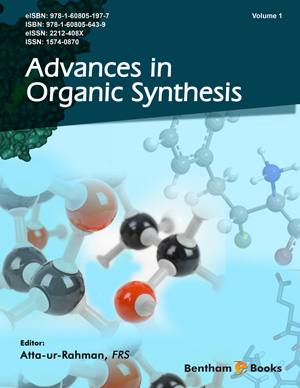Abstract
Integrating physicochemical, absorption, distribution, metabolism, excretion, pharmacokinetics, and toxicity data into the drug discovery/preclinical development decision process in order to reduce the attrition rates of new chemical entities (NCEs) in clinical development is reviewed. The review is organized around the three main stage gates in a small molecule target-based approach including hit-to-lead (H2L), lead optimization (LO) and the final stage gate for selecting NCEs for entry into Phase I clinical trials. The preclinical in silico computational methods and in vitro cellular assays utilized at each stage gate are discussed from a drug discovery perspective. Preclinical assays utilized at the H2L and LO stage gates must have turn-around-times within a timeframe that is consistent with the iterative cycle of the research projects and consume small quantities of compounds while at the final NCE stage gate more traditional assays are used. Unfortunately, many preclinical assays are ambiguous in predicting human preclinical data since they contain a significant amount of falsepositive and false-negative information and, therefore, are not easily translatable from cellular/animals to humans. Thus, understanding the limitations of these preclinical assays is a must for all medicinal chemists for developing go/no-go selection criteria and drug-design optimization strategies to advance small molecule drug candidates through the various stage gates of a target-based screening approach.
Keywords: ADME, blood brain barrier, cell toxicity, CYP450, DNA binding, efflux, formulation, hERG, hit-to-lead, in silico computational methods, in vitro assays, in vivo animal studies, induction, inhibition, Irwin test, lead optimization, metabolic stability, mutagenicity, new chemical entity, oral bioavailability, oxidative stress, permeability, pharmaceutical industry, physicochemical, protein binding, reactive intermediates, screening, solubility, target selection, target-based screening.






















